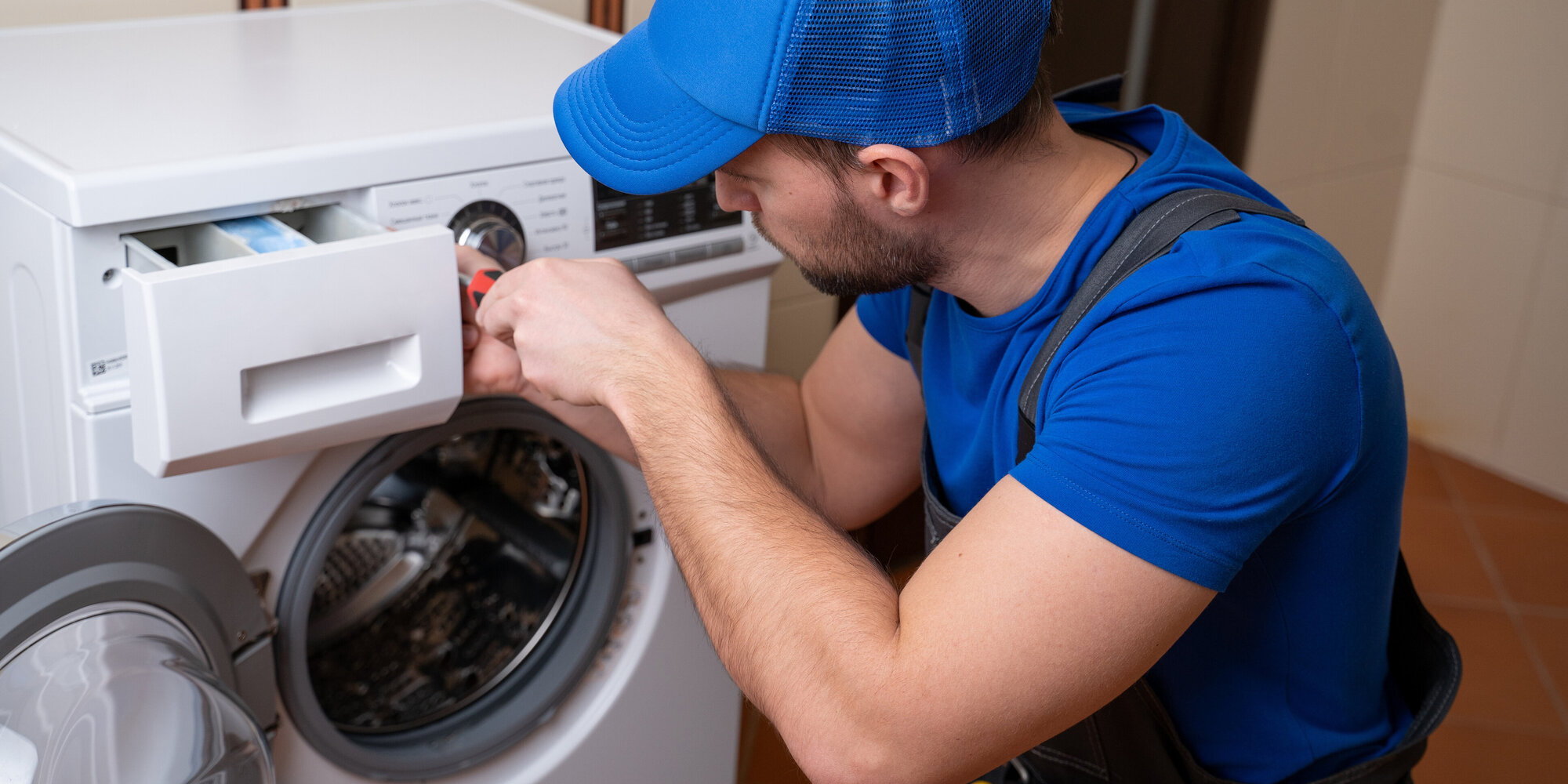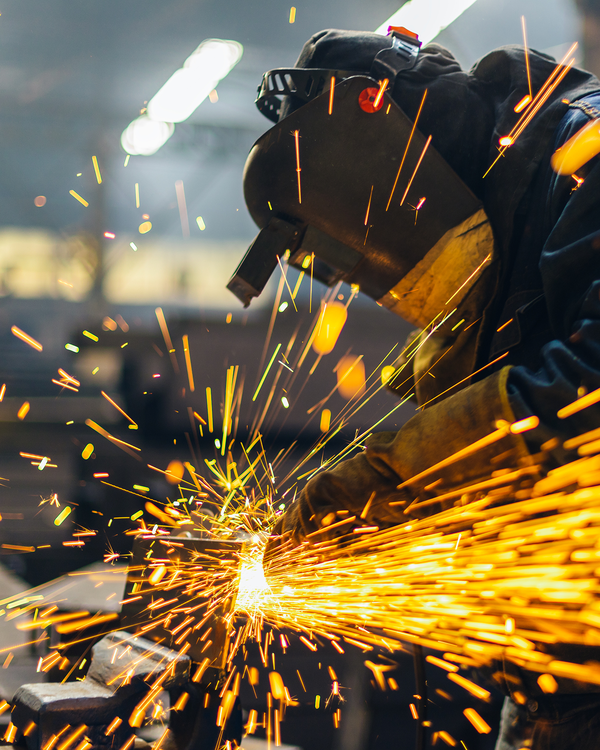Circular Economy: The impact of the right to repair
When we talk about the circular economy, we often think only of recycling. However, extending the product life cycle also offers great potential. The new EU regulation on the ‘right to repair’ is likely to significantly change the value chain for certain products. It may therefore be worth investors taking a closer look.

According to the European Commission, the premature disposal of consumer goods generates 261 million tonnes of CO2 equivalents (CO2e) annually. At 30 million tonnes, the consumption of resources is just as impressive as the 35 million tonnes of waste generated by their disposal. And the financial impact is also striking: because goods are replaced instead of repaired, the economic loss is estimated at EUR 12 billion. Accordingly, the circular economy offers great potential.
When we talk about the circular economy, the discussion is often limited to recycling. This approach is traditionally seen as the basis for realising a functioning circular economy. Meanwhile, the focus seems to be shifting. Concepts such as the sharing economy, i.e. the joint use of goods, or the extension of the life cycle of products, are becoming just as important. This could involve the repair and reconditioning of products by manufacturers and retailers, or the provision of spare parts for repair shops. This approach slows down the aging of products, which counteracts the throwaway society.

The latest regulations on the ‘right to repair’, which were adopted by the EU Parliament this April, are also aimed in this direction. The new guidelines oblige manufacturers of consumer electronics and everyday items such as washing machines, vacuum cleaners or dishwashers that are sold in the EU to make their products more usable for consumers. This includes not only the repair of their own devices, but also the obligation to provide spare parts and repair information to consumers and third parties. The legislation aims to promote competition between repair companies and make it easier for consumers to choose services. Repairs should be carried out in a timely manner and at fair prices so that ‘consumers are not deliberately discouraged from taking advantage of the manufacturers’ obligation to repair’. It is also important that repairs carried out under warranty extend the warranty by one year.
In addition to the right to repair, the EU Parliament has adopted the revised Ecodesign Directive. These aim to improve the sustainability of several product categories sold in the EU by introducing ‘product passports’ that provide consumers with information about the durability, recyclability or reparability of items. The new rules also ban the destruction of unsold clothing, clothing accessories and shoes. The two EU directives have been in force since the end of July 2024.
Circular economy as an investment theme
The legislative measures – they are part of the 2020 Circular Economy Action Plan – encourage us to promote the circular economy as an investment theme as well. Because at least in the EU, there are signs of a profound change towards a sustainable consumption and production policy. We would welcome, for example, the inclusion of new product categories in the scope of the directive. This is because repair costs often still represent a significant hurdle in deciding whether a product should be repaired or replaced – even if fault clearance is offered at ‘fair prices’. This applies particularly to lower-quality products or when repairs are carried out in the EU, where labour costs are high.
The shift towards repair-friendly legislation also has implications for investments, particularly as the value chain for certain products is changing. How the main players absorb the circular initiatives and adapt their business models accordingly will be crucial in order to identify the winners and losers under these changing conditions.
The first to be affected by the changes are the manufacturers. The decisive factor here is how they succeed in redesigning their products and adapting them to the new legal requirements. The size of the manufacturers could turn out to be a critical factor in this development, as it will determine how easy it will be for companies to establish reliable relationships with repair service providers and spare parts manufacturers in the future. At the same time, important changes in product design could minimise the labour intensity of repairs.
High-quality washing machines have fewer breakdowns over time
We are excited to see how the new laws will change the competitive landscape in Europe and are monitoring the market for possible consolidation. Furthermore, we expect that companies that focus on manufacturing sustainable, high-quality products and aftermarket services will benefit from these changes. From a volume and margin perspective, risks are likely to decrease as products tend to have a longer lifespan. As Stiftung Warentest shows, for example, the durability and lifespan of washing machines in Germany increases with the price of the appliance. Washing machines that cost less than EUR 550 are three times as likely to break down as appliances that cost EUR 700 or more. The new rules will therefore clearly show consumers which brands offer the longest lifespan and thus justify the extra cost of the product.
In this dynamic market environment, it is also worth taking a look at the retail sector. The impact on their results is likely to depend on factors such as the flexibility of the business model and the strength of relationships with suppliers and service and repair shops. The repair market, worth USD 1.54 billion, is likely to grow disproportionately, as indicated by Research & Market's forecast of 8% global growth over the period 2023 to 2028.
In conclusion, we welcome the new legislation and expect it to gradually improve the sustainability of products sold in the EU. However, the transition to a fully circular economy will be a long one and, in our view, will require further regulatory action and greater consumer awareness. As a sustainable investor, we are looking for sustainable and attractive business models that are well positioned to capitalise on this growth potential and provide solutions to meet this demand. Product manufacturers with recognised sustainability leadership and service are likely to benefit from these trends.


